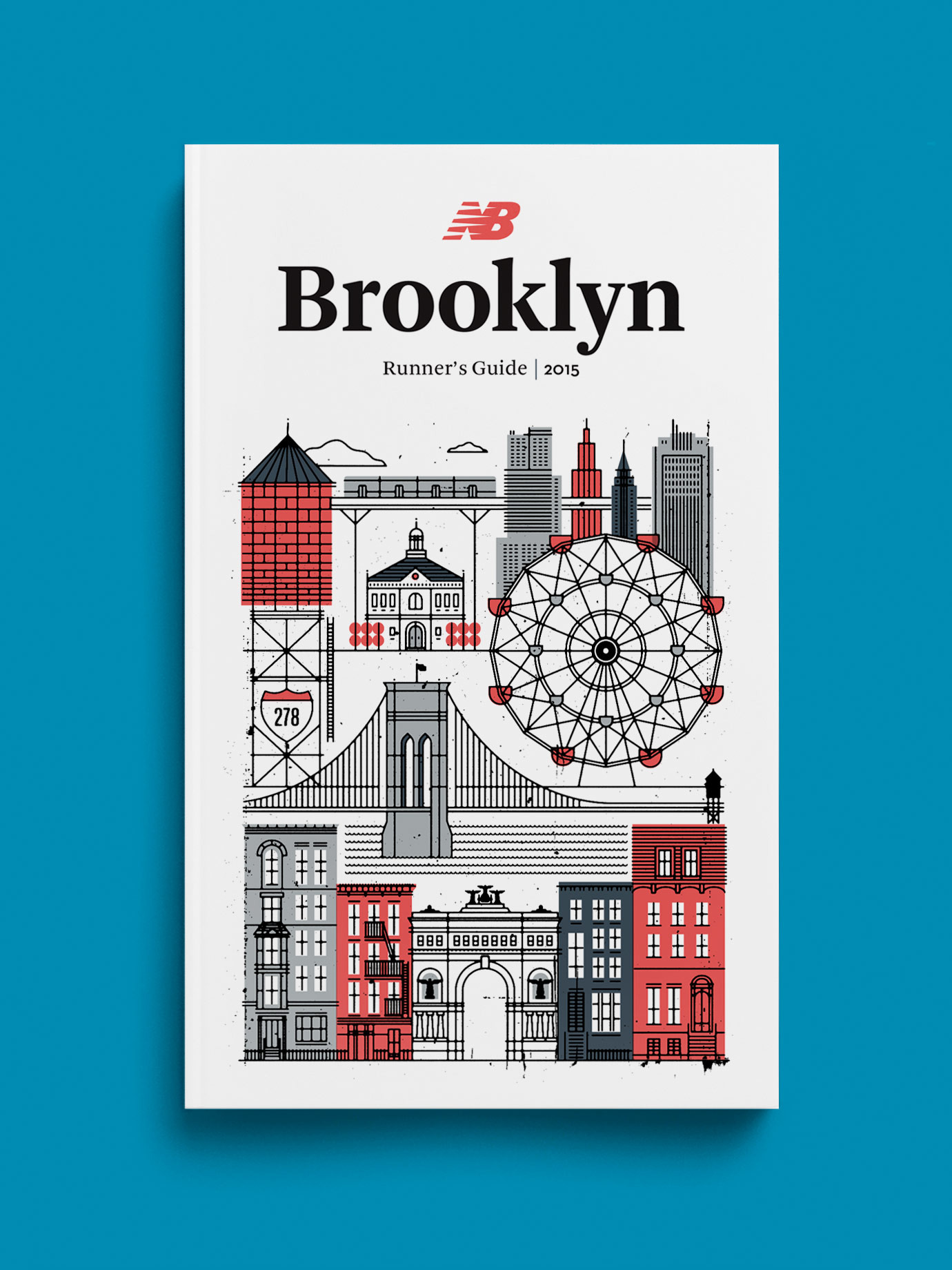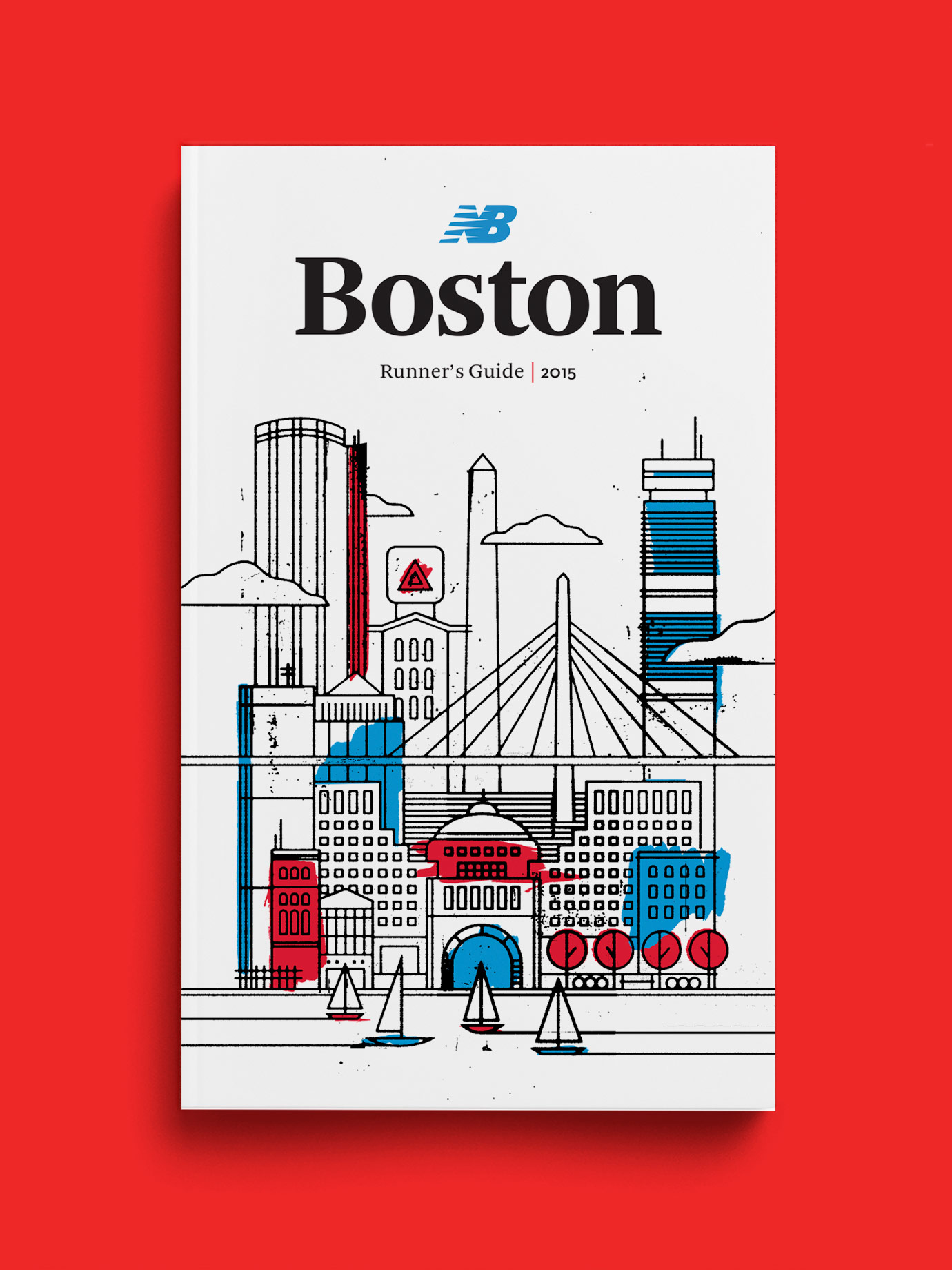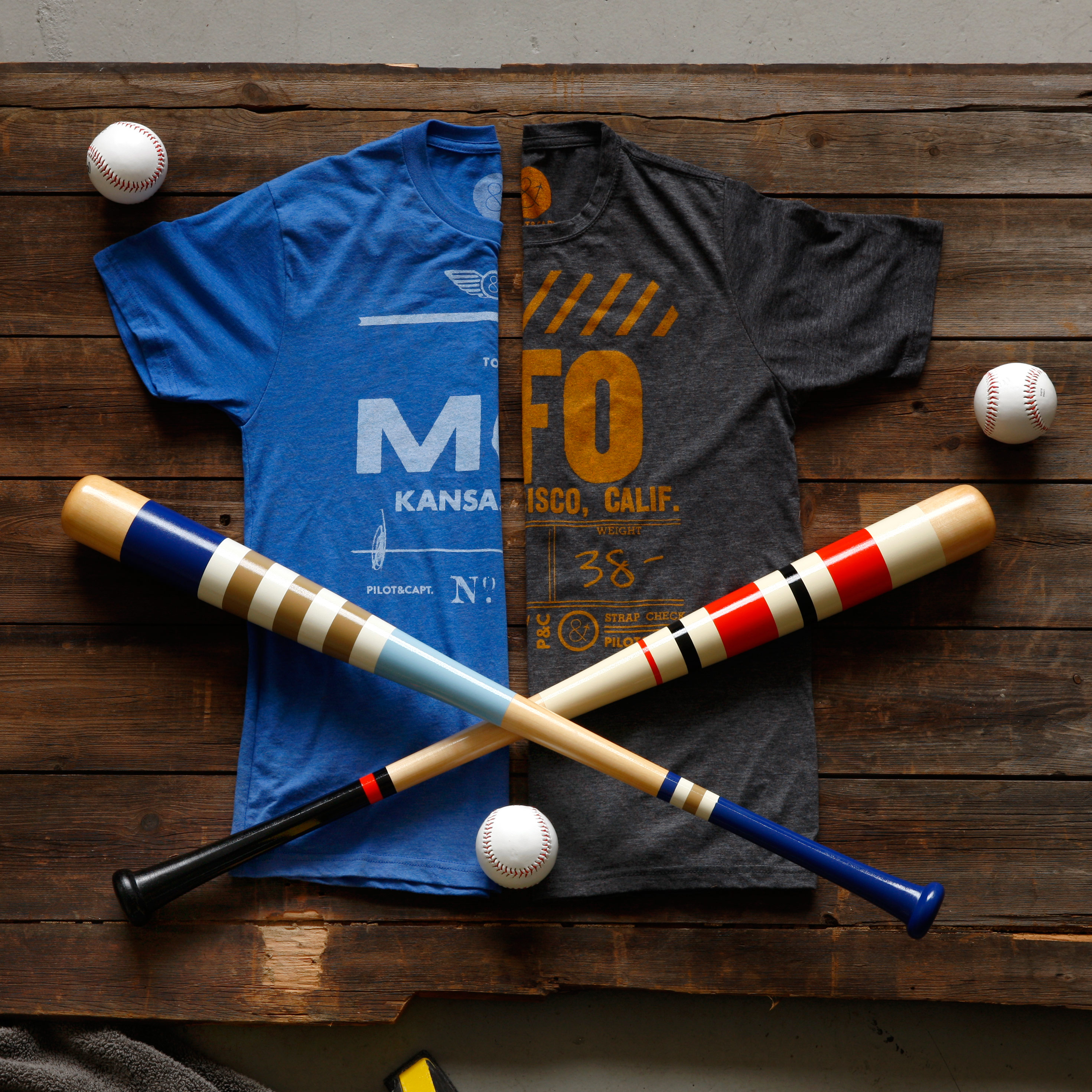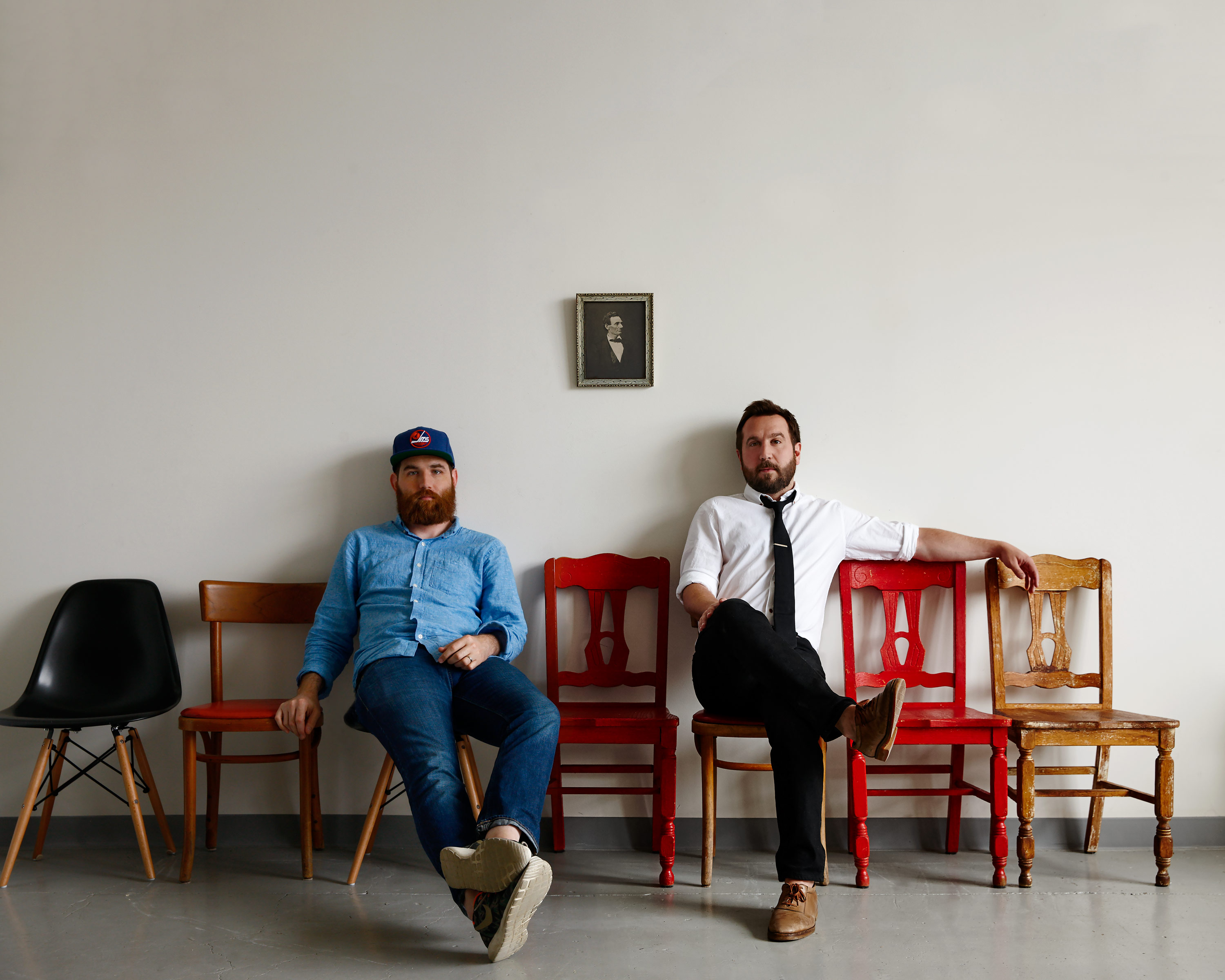
- Interview by Tammi Heneveld June 16, 2015
- Photo by Jason Varney
The Heads of State Follow–Up
In 2013, we interviewed creative directors, Jason Kernevich and Dusty Summers, the duo behind the award-winning branding and design studio, The Heads of State. Since then, they’ve been hard at work expanding their collection for Pilot & Captain, their travel-themed line of apparel and accessories that celebrate beloved cities around the globe. Dusty and Jason filled us in on starting their own product brand, how they’ve evolved creatively and professionally, and what they’ve learned since we last spoke.
- designer
- entrepreneur
- follow-up
What new projects have you been working on since we interviewed you in September of 2013?
Dusty: Since we last talked, we’ve been transitioning. Having successfully established ourselves as an an image-making outfit, we wanted to grow into a studio with a staff that can take on branding and web design projects and do those things just as well as we do posters and illustration. Lately, we’ve been working on some fun projects with Iron & Wine, and we still do a good amount of book covers.
Jason: One of our favorite projects since our interview was a rebranding of the Pennsylvania Academy of the Fine Arts—or PAFA, as it’s known—which is the oldest continuously operated art school in the country. It’s important to Philadelphia for many reasons, and we were able to mine its history for our rebrand by repurposing the stone-engraved lettering carved in architect Frank Furness’ original facade of the main building, which was built in 1876. We’ve also been doing some fun stuff for New Balance. Dusty has an impressive sneaker collection.
You also have a product line, Pilot & Captain, which launched in 2012 and recently grew to include Co-Pilot, a line for “tiny travelers.” How did Pilot & Captain about?
Dusty: Pilot & Captain happened on a whim, really. We had some old 1950s and 1960s luggage tags hanging around—no pun intended—as part of research we had done for another project. Every time we saw them, we thought about how great they’d look if we made them huge and put them on a t-shirt.
Jason: We wanted to make our own products and be our own clients, too. That was a big part of launching that project. We’ve learned that it’s difficult enough running a design studio, let alone creating a line of products and having a side business.
Dusty: Being designers meant it also gave us the opportunity to brand a new company from the ground up, so it was a no-lose situation. It’s been a huge challenge, but also really successful at the same time.
Awesome! Have you taken any big risks in the last two years?
Dusty: This has been a small, two-person studio since we started in 2002, but over the past two years we’ve grown into a team of five. I would say that’s a natural progression for any studio, but it was tougher for us. Finding the right staff that allowed the studio to grow and still feel like a natural extension of us wasn’t easy. We were also challenged with finding the right clients—being okay with saying no to some, and being smart enough to say yes to others. I don’t think these risks are unique, but I believe the outcome is.
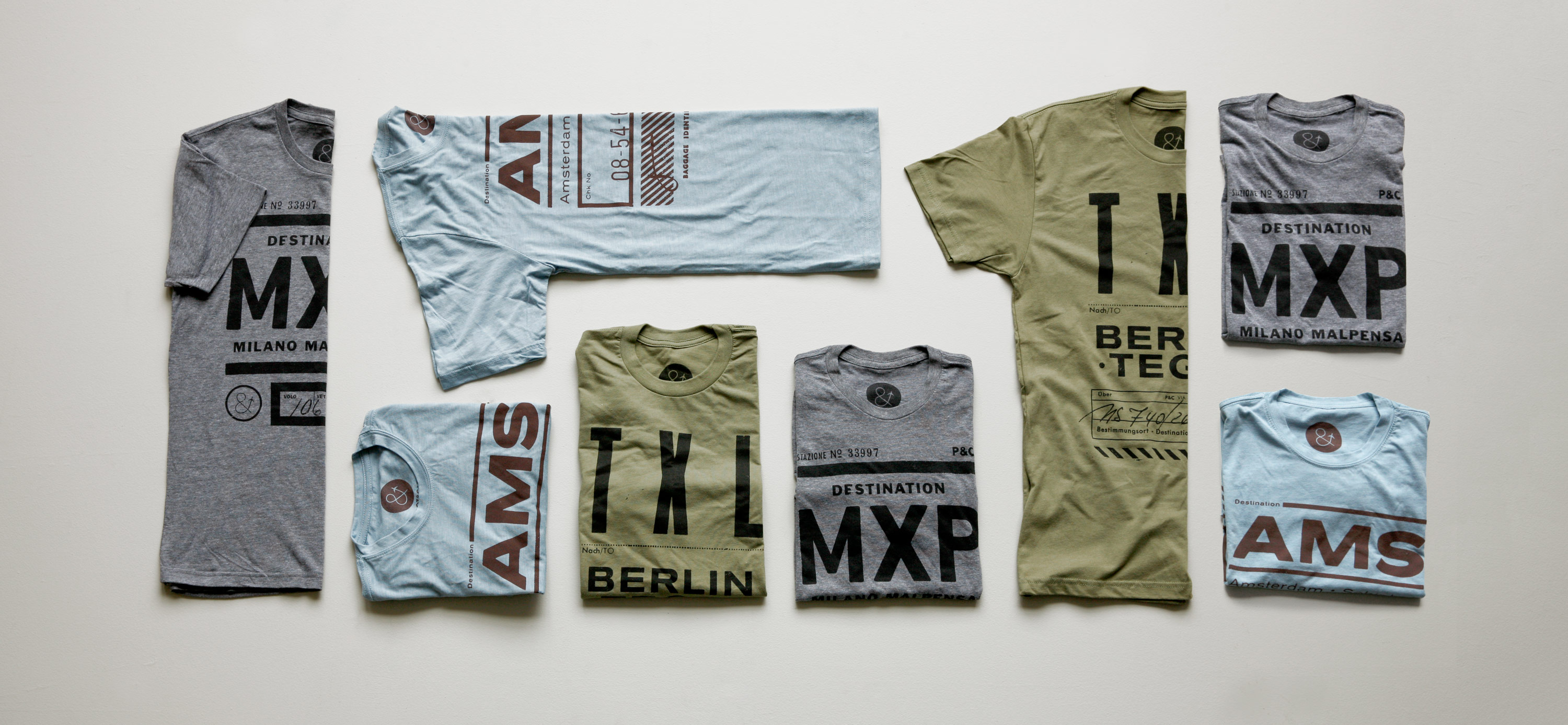
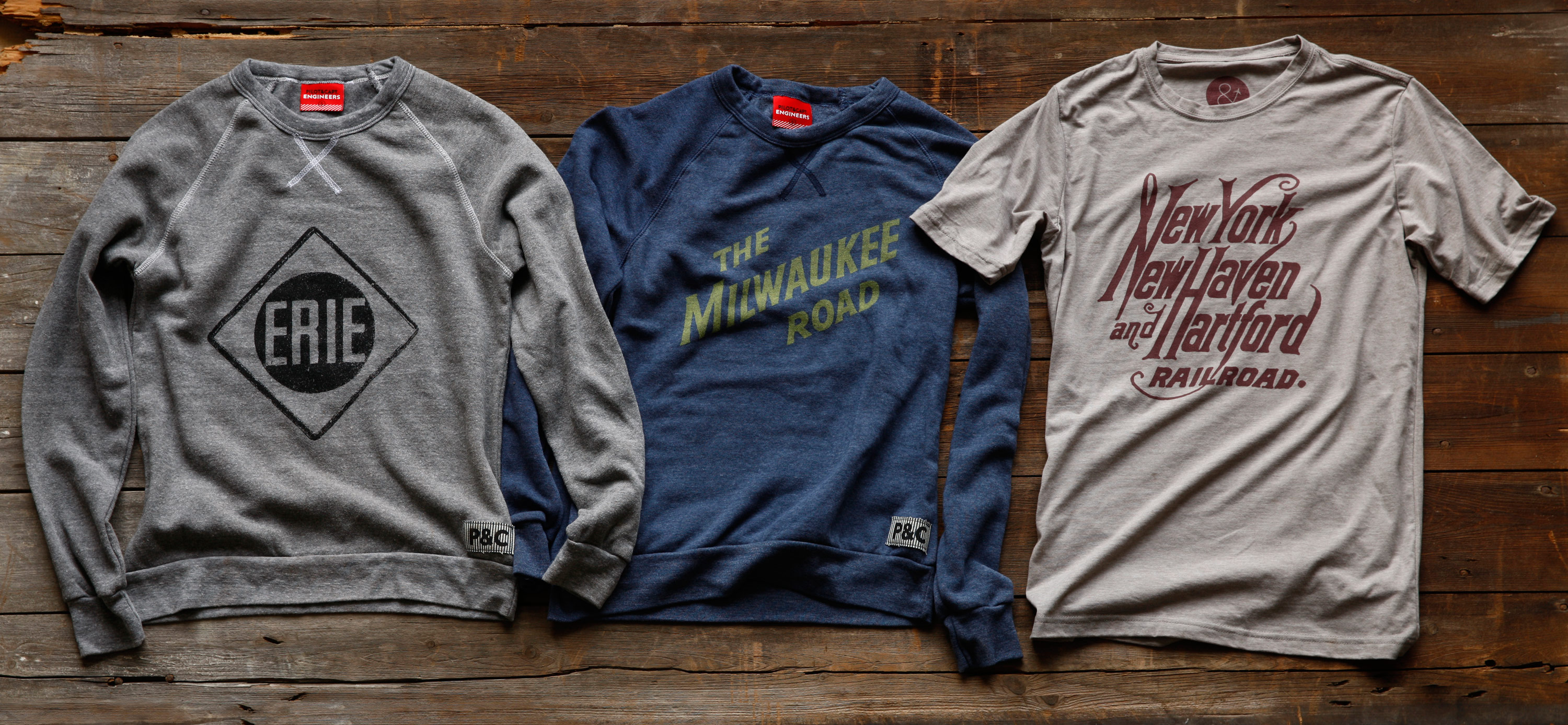
Have you learned anything new about running a business over the last two years?
Jason: For the first 10 years of being in business, it was just Dusty and I mostly doing posters, illustration, and book covers. To make the jump to becoming a full-service studio, as well as growing into a creative direction and management position—well, let’s just say 10 years working by ourselves made for a lot of bad habits. We only had to answer to each other, and our communication was never really tested. We use shorthand with each other—a dolphin-sonar-wolf-howl kind of thing—that probably makes zero sense to outsiders. We’ve had to adapt to other humans, but our team is great, and collaborating with them is incredibly rewarding.
Dusty: As our clients and project scopes have grown, we have seen our roles in the company morph a bit. I don’t think that’s such a bad thing, though. If you had told me five years ago that I’d have to be more hands-off with creative, I would have said that would be the worst situation in the world. But now? Not so much. We try to be hands-on as much as possible, but the ability to work with our designers, Woody and Michael, and our business developer, Chelsea, on projects and see where they take it has been a major step forward for the studio.
Are you still teaching? If so, have there been any teaching experiences that have influenced your work or creativity?
Dusty: Teaching has always been a big part of our creative process. With teaching, we’re basically art directing 13 or so projects at the same time, which means 13 different personalities that need completely different types of feedback, management, and motivation. Since our 2013 chat, I’ve learned that as creative directors or art directors or designers, we have to adapt to the project, the client, the subject, the workflow, and the employee. When we ask people to acquiesce to our approach or way of thinking, then that relationship is broken right out of the gate.
Jason: It’s coming up on almost 10 years since I taught my first class. It is endlessly rewarding and keeps me on my toes; my students are very inspiring to me. Over the years, I’ve noticed students becoming more delicate and sensitive, and less motivated by criticism and competition. I don’t think that’s necessarily a good thing, but it has taught me to be more nurturing as an educator, which I believe has made me a better collaborator in general, I hope. My staff may disagree. (laughing)
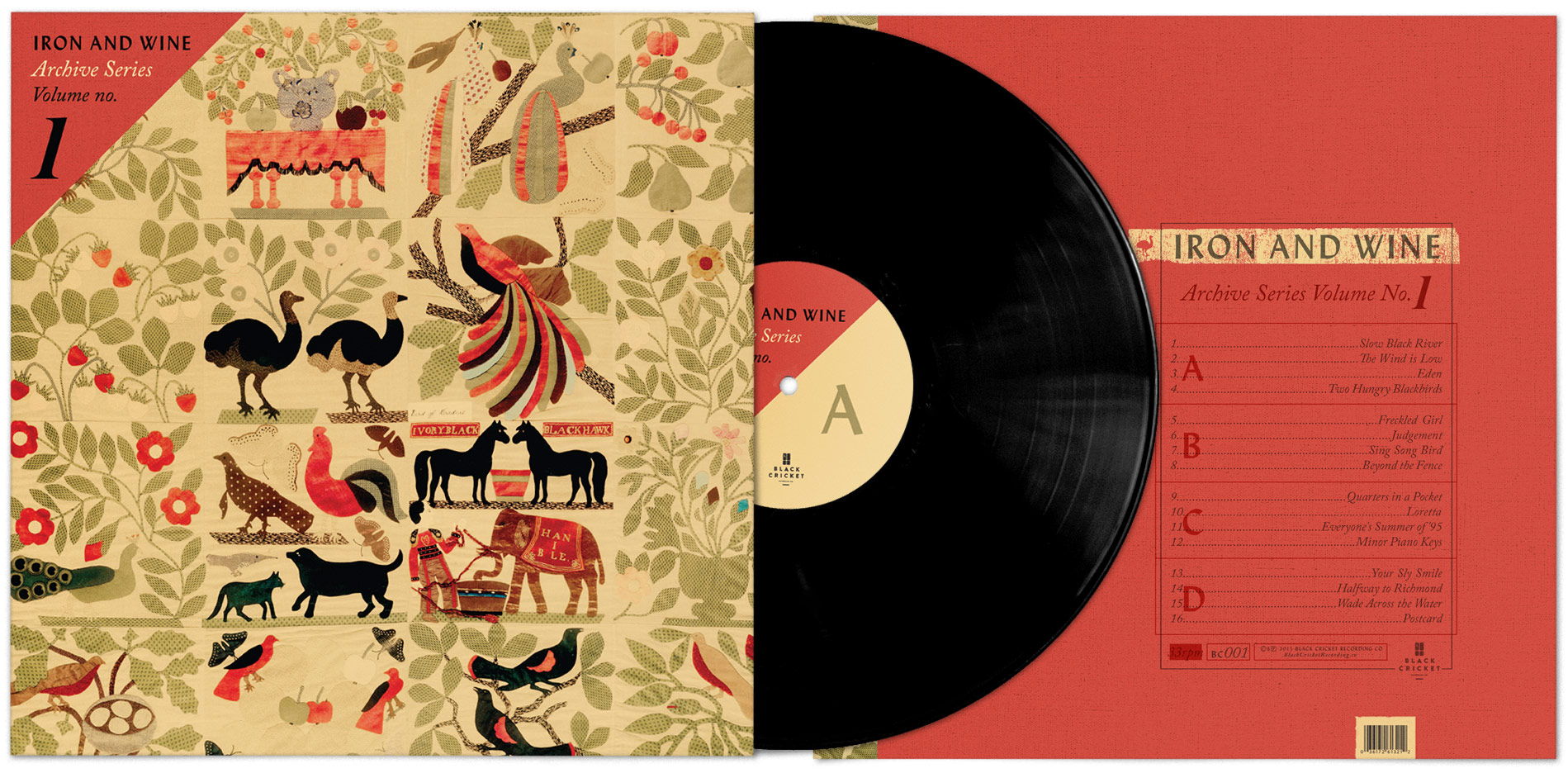
“I’m a very restless person, creatively speaking. That hasn’t changed, and I don’t expect it to. I’ve made my peace with that. As long as I’m doing this job, I will constantly be looking for the next assignment or idea to scratch the itch.” / Jason
In your 2013 interview, you said you weren’t particularly creatively satisfied. Is that still the case now?
Dusty: We probably said this in our last interview, too, but we’re restless; we always have been. Looking at our past two years, I think we always will be.
Jason: Right. I think it’s more of restlessness than a dissatisfaction. I’m a very restless person, creatively speaking. That hasn’t changed, and I don’t expect it to. I’ve made my peace with that. As long as I’m doing this job, I will constantly be looking for the next assignment or idea to scratch the itch.
Dusty: We all have a tendency to see a goal off in the distance and say, “If I can just get there, then I think I can rest a bit.” But once we reach that point, there is always something else on the horizon. To be honest, though, I’m not sure that I want to be satisfied creatively. It sounds like an extremely uncreative outcome.
If you could go back two years and give advice to your past selves, what would you say?
Dusty: The mistakes, errors, dead-ends, and wrong turns you make are going to be more important than the projects that just turned out okay.
Jason: Slow down.
About The Heads of State
Jason Kernevich and Dusty Summers have been working together as The Heads of State for over a decade. They’ve created award-winning posters, book covers, branding, and illustration for clients such as Nike, the New York Times, Starbucks, Penguin, Knopf, the School of Visual Arts, and many musicians and artists. They lecture frequently about their work and process, and teach graphic design and illustration at Tyler School of Art, where they both studied.
“We all have a tendency to see a goal off in the distance and say, ‘If I can just get there, then I think I can rest a bit.’ But once we reach that point, there is always something else on the horizon.” / Dusty
